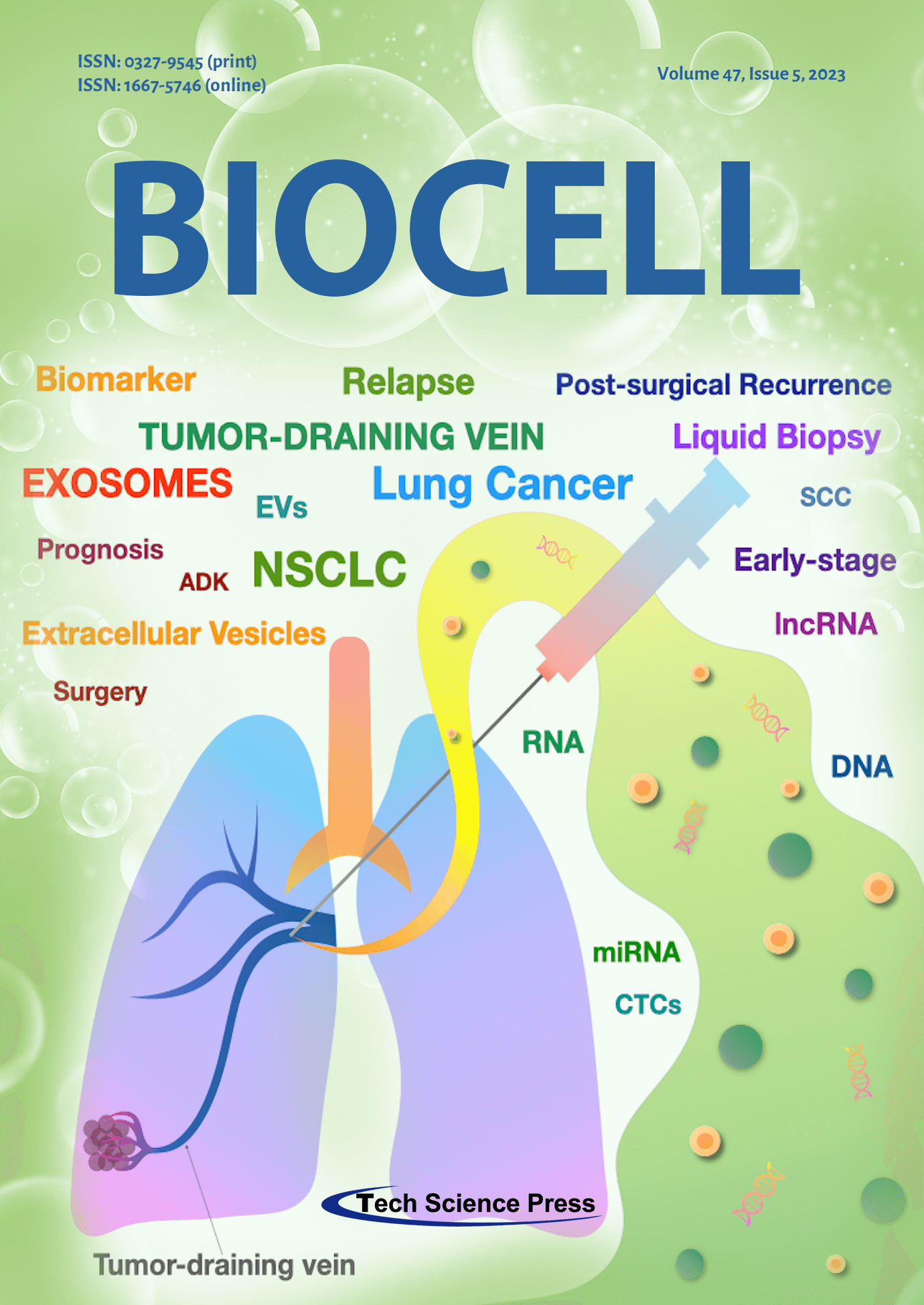
Artistic description of how we can obtain blood enriched in tumor secreted products by puncturing the pulmonary vein branch draining from the pulmonary segment where the lung tumor is located. The whole process is performed during the surgical resection of the lung cancer. The tumor-draining vein blood is enriched in tumor-derived products in comparison with the peripheral vein where they become highly diluted. Therefore tumor-draining vein analysis facilitates the study of circulating tumor cells (CTCs), extracellular vesicles, cfDNA or non-coding RNAs secreted by the tumor. There is no doubt of that it is an excellent source of tumor-derived products especially in early-stage patients treated with surgery.
View this paper